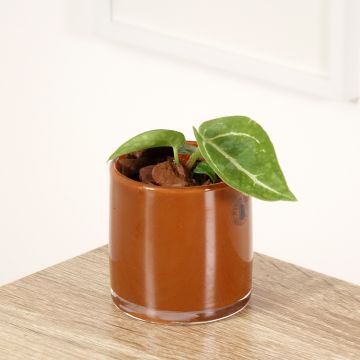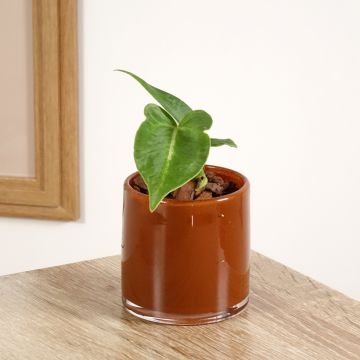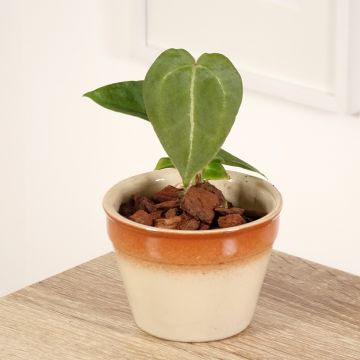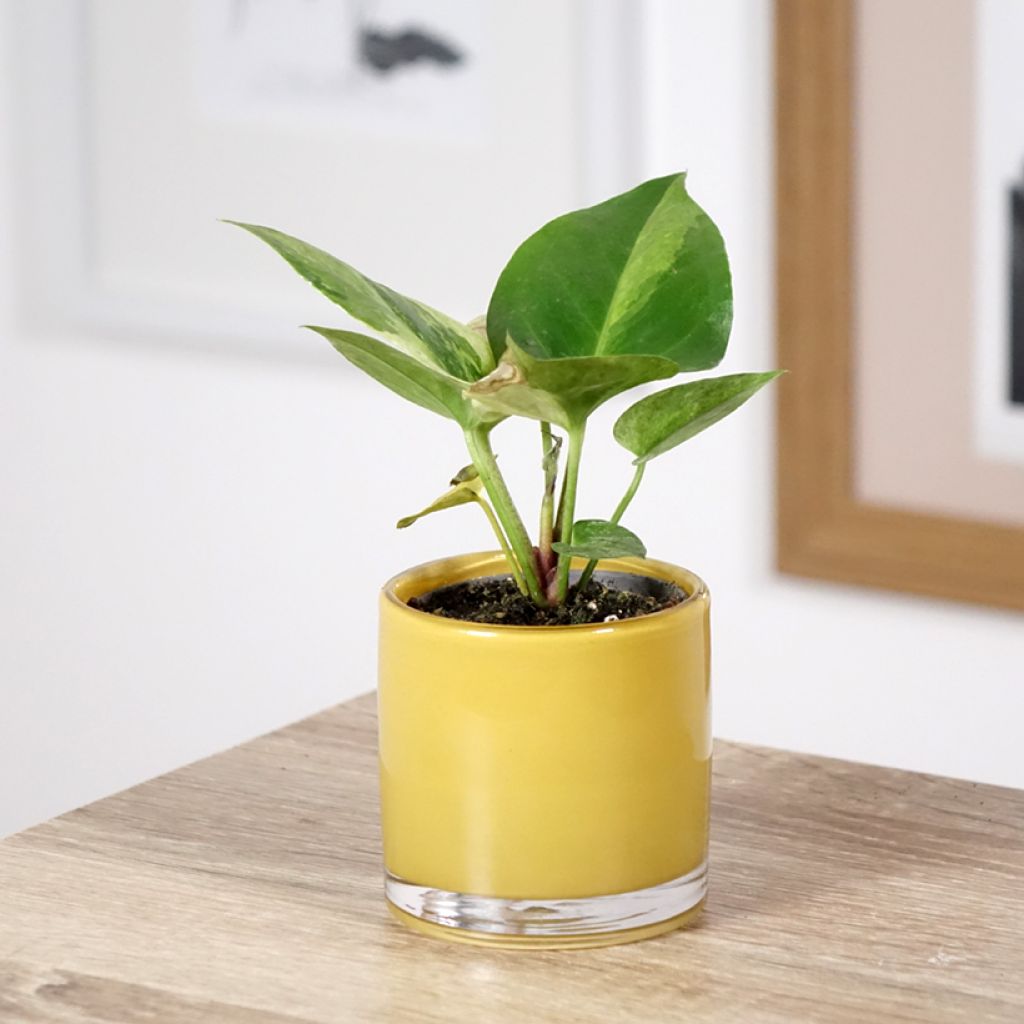

Anthurium x hookeri Renaissance Variegata
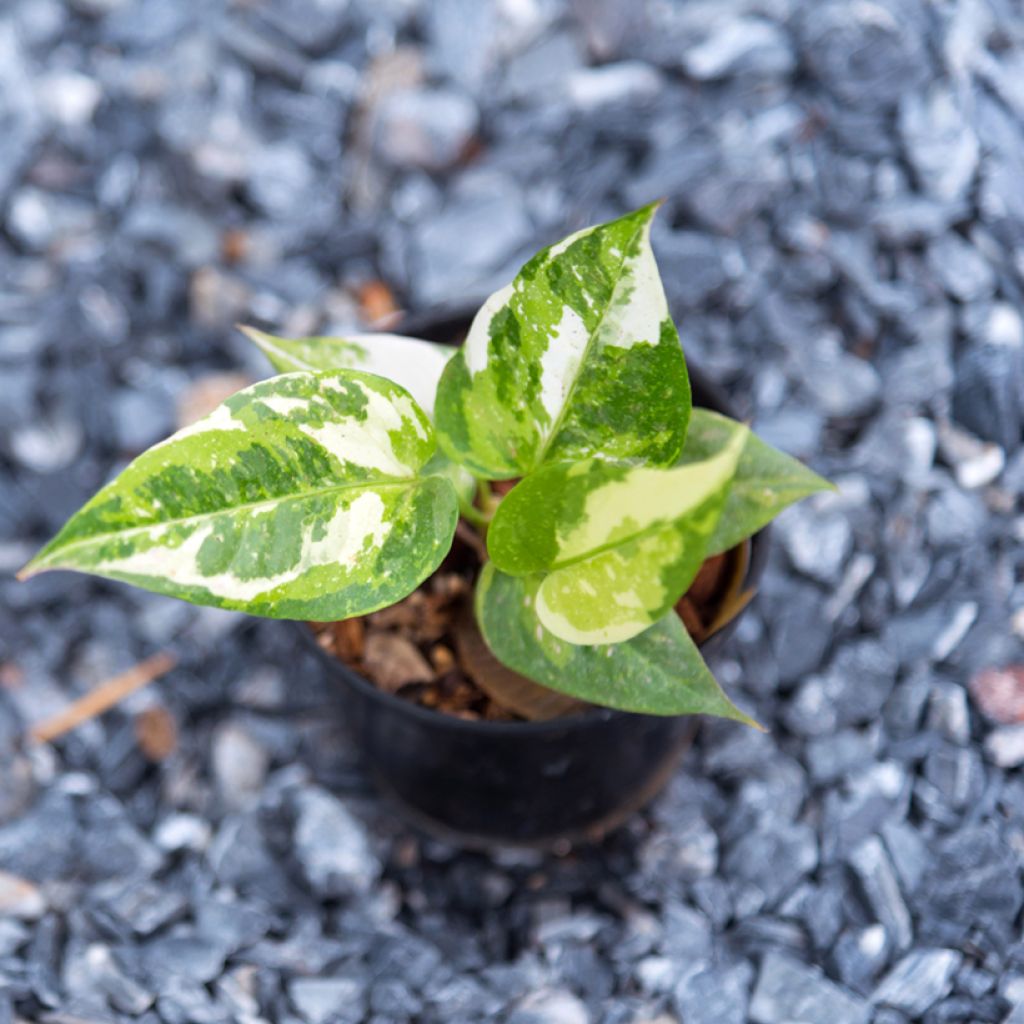

Anthurium x hookeri Renaissance Variegata
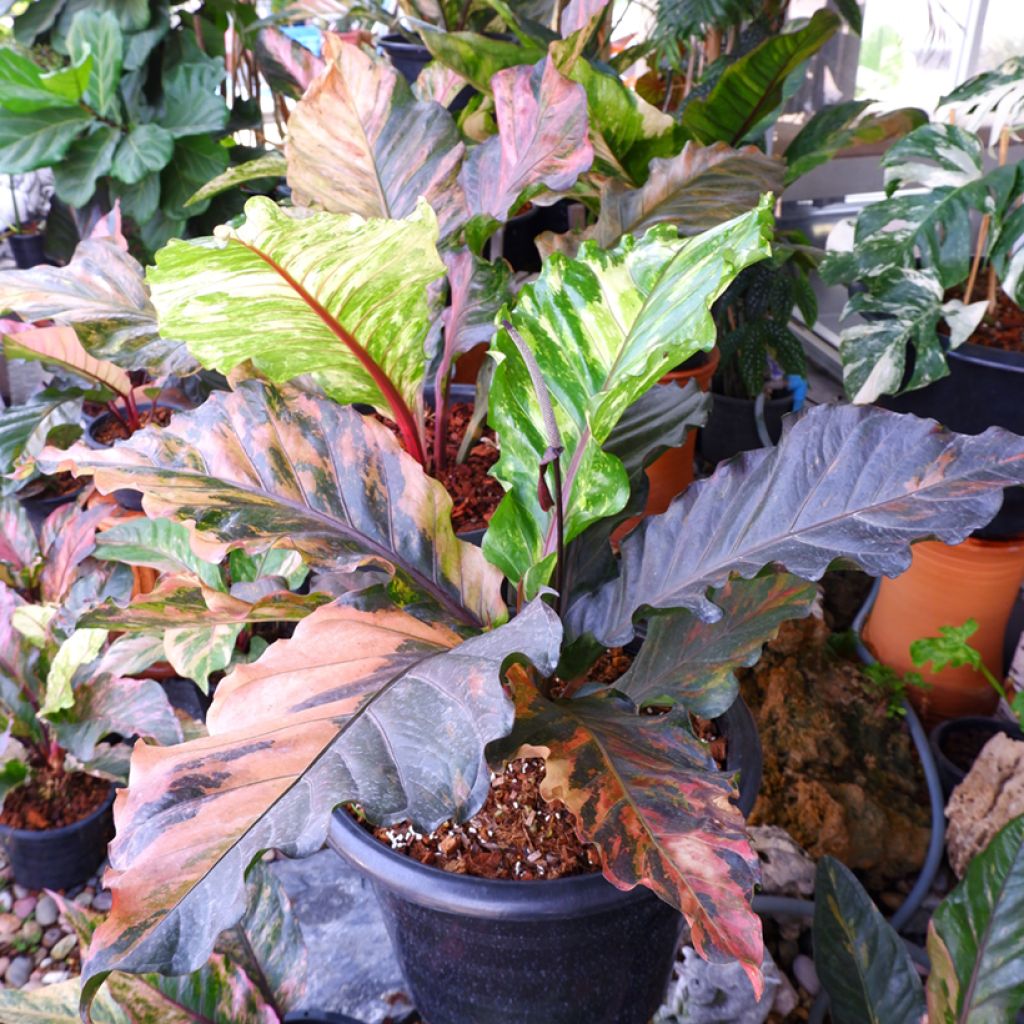

Anthurium x hookeri Renaissance Variegata


Anthurium x hookeri Renaissance Variegata
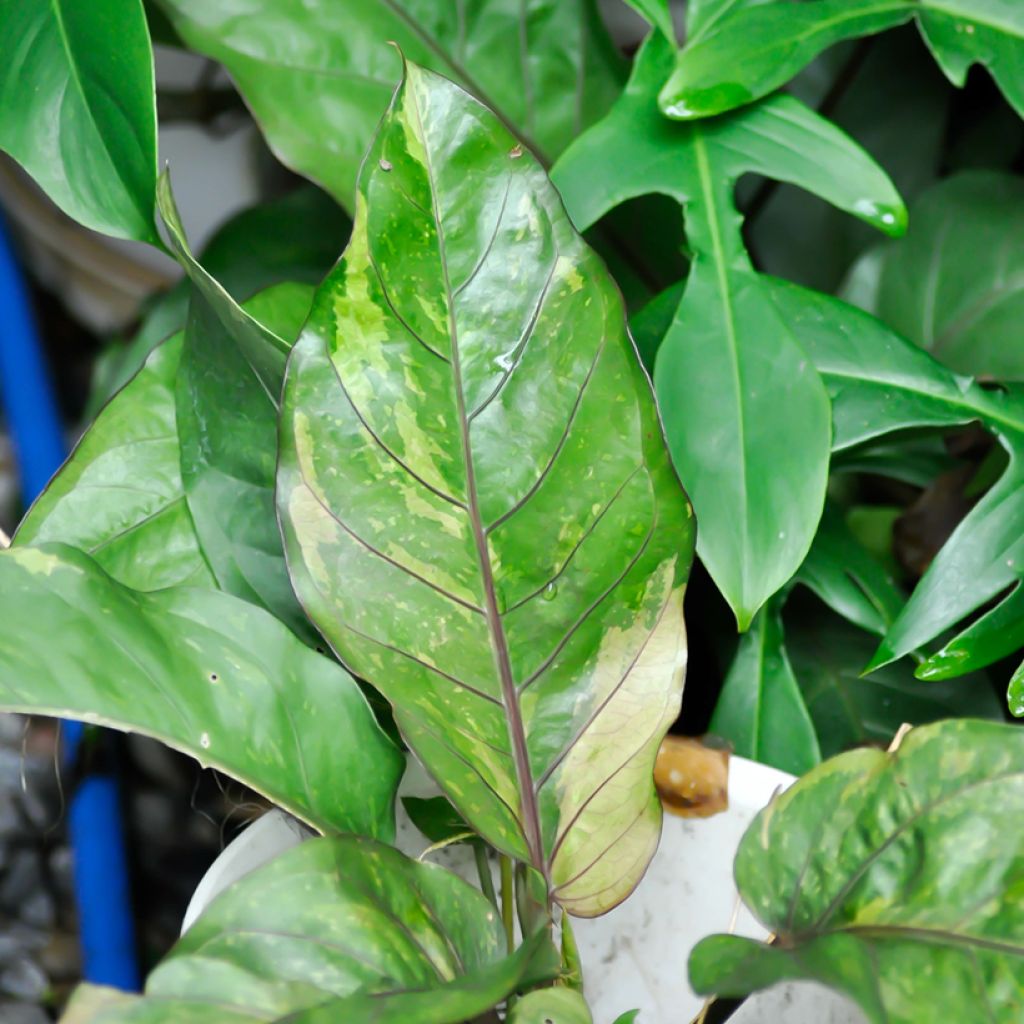

Anthurium x hookeri Renaissance Variegata
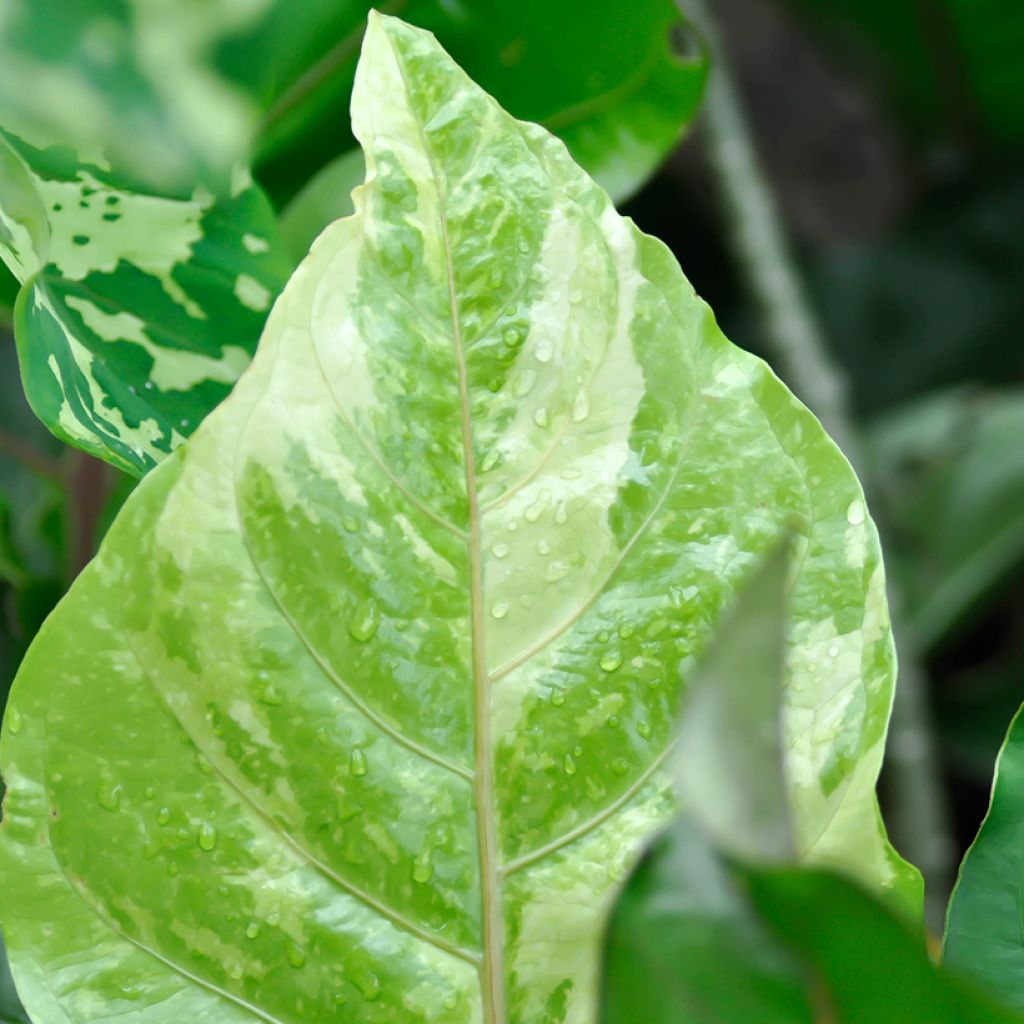

Anthurium x hookeri Renaissance Variegata
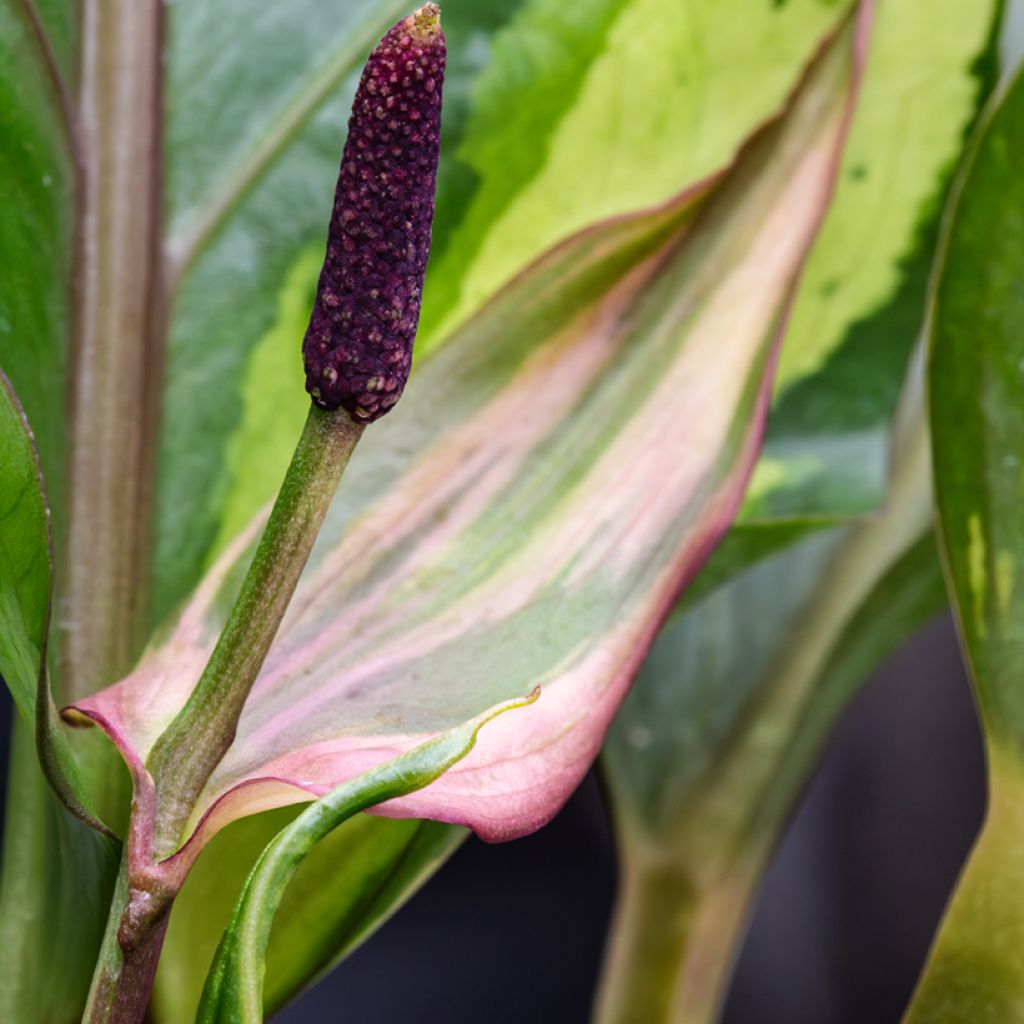

Anthurium x hookeri Renaissance Variegata
Anthurium x hookeri Renaissance Variegata
Anthurium x hookeri Renaissance Variegata
Bird's nest anthurium
Special offer!
Receive a €20 voucher for any order over €90 (excluding delivery costs, credit notes, and plastic-free options)!
1- Add your favorite plants to your cart.
2- Once you have reached €90, confirm your order (you can even choose the delivery date!).
3- As soon as your order is shipped, you will receive an email containing your voucher code, valid for 3 months (90 days).
Your voucher is unique and can only be used once, for any order with a minimum value of €20, excluding delivery costs.
Can be combined with other current offers, non-divisible and non-refundable.
Home or relay delivery (depending on size and destination)
Schedule delivery date,
and select date in basket
This plant carries a 30 days recovery warranty
More information
We guarantee the quality of our plants for a full growing cycle, and will replace at our expense any plant that fails to recover under normal climatic and planting conditions.
Description
The Anthurium 'Renaissance Variegata' is a rare indoor cultivated plant whose beautifully variegated foliage will add a touch of sophistication to your décor. Blending creamy tones and vibrant green, its large heart-shaped leaves fit perfectly into contemporary or 'urban jungle' interiors. Placed in a bright living room or office, it will quickly becomes the focal point of the layout. To help it thrive, ensure it receives indirect light and high ambient humidity.
The 'Renaissance Variegata' is a horticultural cultivar of uncertain origins. This plant may result from hybridisation from the botanical species Anthurium hookeri, known for its lush foliage. Native to the tropical forests of Central and South America, the Anthurium hookeri is an epiphytic plant distinguished by its rosette habit: the leaves emerge from a central point, forming a bird's nest-like structure. The 'Renaissance Variegata' variety stands out for its light marbling, making each leaf unique. Its growth is moderate, and with proper care, it can reach a height and spread of 60 to 90 cm indoors. Although it may produce discreet inflorescences, it is primarily its leaves that capture attention.
Warning - Note that this plant is toxic if ingested; it is therefore recommended to keep it out of reach of children and pets.
To successfully cultivate the Anthurium 'Renaissance Variegata', place it in a bright spot sheltered from direct sunlight which could scorch its foliage. Maintain high relative humidity by misting its leaves regularly or using a humidifier, especially in winter when indoor air is drier. A well-draining substrate rich in organic matter is essential to prevent waterlogging and root rot. Water moderately, allowing the substrate to dry slightly between waterings.
The Anthurium 'Renaissance Variegata' finds its place in a bright living room, a tropical conservatory, or even a spacious bathroom where ambient humidity promotes its growth. Its elegant silhouette and variegated leaves add a chic touch to contemporary, urban jungle, or sophisticated bohemian interiors. Showcase it in a wicker hanging basket, a textured ceramic pot, or on a designer shelf. You can also pair it with other tropical plants like a Monstera or a Philodendron tortum to enhance the jungle effect.
Report an error about the product description
Anthurium x hookeri Renaissance Variegata in pictures


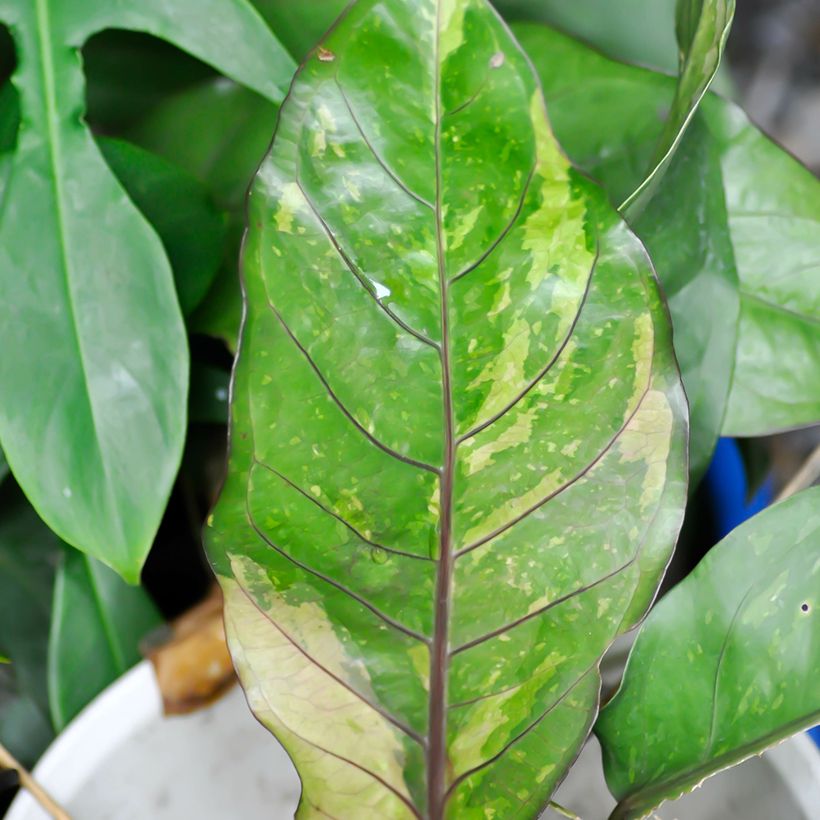

Foliage
Plant habit
Flowering
Botanical data
Anthurium
x hookeri
Renaissance Variegata
Araceae
Bird's nest anthurium
Cultivar or hybrid
Safety measures
Other Anthurium - Flamingo Flower
View all →Location
Location
Maintenance and care
Watering tips
Potting advice, substrates and fertilisers
Houseplant care
Disease and pest advice
Maintenance and care
This item has not been reviewed yet - be the first to leave a review about it.
Haven't found what you were looking for?
Hardiness is the lowest winter temperature a plant can endure without suffering serious damage or even dying. However, hardiness is affected by location (a sheltered area, such as a patio), protection (winter cover) and soil type (hardiness is improved by well-drained soil).

Photo Sharing Terms & Conditions
In order to encourage gardeners to interact and share their experiences, Promesse de fleurs offers various media enabling content to be uploaded onto its Site - in particular via the ‘Photo sharing’ module.
The User agrees to refrain from:
- Posting any content that is illegal, prejudicial, insulting, racist, inciteful to hatred, revisionist, contrary to public decency, that infringes on privacy or on the privacy rights of third parties, in particular the publicity rights of persons and goods, intellectual property rights, or the right to privacy.
- Submitting content on behalf of a third party;
- Impersonate the identity of a third party and/or publish any personal information about a third party;
In general, the User undertakes to refrain from any unethical behaviour.
All Content (in particular text, comments, files, images, photos, videos, creative works, etc.), which may be subject to property or intellectual property rights, image or other private rights, shall remain the property of the User, subject to the limited rights granted by the terms of the licence granted by Promesse de fleurs as stated below. Users are at liberty to publish or not to publish such Content on the Site, notably via the ‘Photo Sharing’ facility, and accept that this Content shall be made public and freely accessible, notably on the Internet.
Users further acknowledge, undertake to have ,and guarantee that they hold all necessary rights and permissions to publish such material on the Site, in particular with regard to the legislation in force pertaining to any privacy, property, intellectual property, image, or contractual rights, or rights of any other nature. By publishing such Content on the Site, Users acknowledge accepting full liability as publishers of the Content within the meaning of the law, and grant Promesse de fleurs, free of charge, an inclusive, worldwide licence for the said Content for the entire duration of its publication, including all reproduction, representation, up/downloading, displaying, performing, transmission, and storage rights.
Users also grant permission for their name to be linked to the Content and accept that this link may not always be made available.
By engaging in posting material, Users consent to their Content becoming automatically accessible on the Internet, in particular on other sites and/or blogs and/or web pages of the Promesse de fleurs site, including in particular social pages and the Promesse de fleurs catalogue.
Users may secure the removal of entrusted content free of charge by issuing a simple request via our contact form.
The flowering period indicated on our website applies to countries and regions located in USDA zone 8 (France, the United Kingdom, Ireland, the Netherlands, etc.)
It will vary according to where you live:
- In zones 9 to 10 (Italy, Spain, Greece, etc.), flowering will occur about 2 to 4 weeks earlier.
- In zones 6 to 7 (Germany, Poland, Slovenia, and lower mountainous regions), flowering will be delayed by 2 to 3 weeks.
- In zone 5 (Central Europe, Scandinavia), blooming will be delayed by 3 to 5 weeks.
In temperate climates, pruning of spring-flowering shrubs (forsythia, spireas, etc.) should be done just after flowering.
Pruning of summer-flowering shrubs (Indian Lilac, Perovskia, etc.) can be done in winter or spring.
In cold regions as well as with frost-sensitive plants, avoid pruning too early when severe frosts may still occur.
The planting period indicated on our website applies to countries and regions located in USDA zone 8 (France, United Kingdom, Ireland, Netherlands).
It will vary according to where you live:
- In Mediterranean zones (Marseille, Madrid, Milan, etc.), autumn and winter are the best planting periods.
- In continental zones (Strasbourg, Munich, Vienna, etc.), delay planting by 2 to 3 weeks in spring and bring it forward by 2 to 4 weeks in autumn.
- In mountainous regions (the Alps, Pyrenees, Carpathians, etc.), it is best to plant in late spring (May-June) or late summer (August-September).
The harvesting period indicated on our website applies to countries and regions in USDA zone 8 (France, England, Ireland, the Netherlands).
In colder areas (Scandinavia, Poland, Austria...) fruit and vegetable harvests are likely to be delayed by 3-4 weeks.
In warmer areas (Italy, Spain, Greece, etc.), harvesting will probably take place earlier, depending on weather conditions.
The sowing periods indicated on our website apply to countries and regions within USDA Zone 8 (France, UK, Ireland, Netherlands).
In colder areas (Scandinavia, Poland, Austria...), delay any outdoor sowing by 3-4 weeks, or sow under glass.
In warmer climes (Italy, Spain, Greece, etc.), bring outdoor sowing forward by a few weeks.































